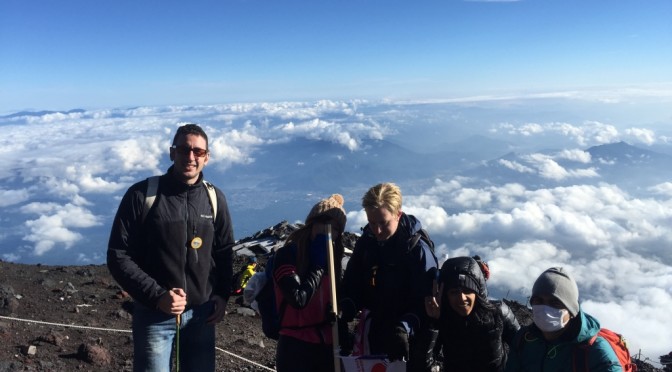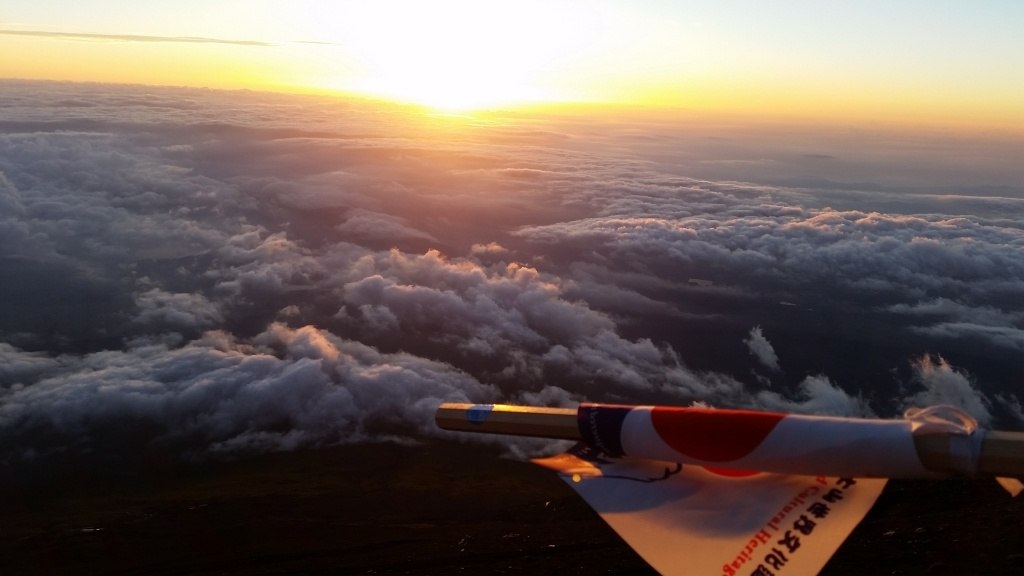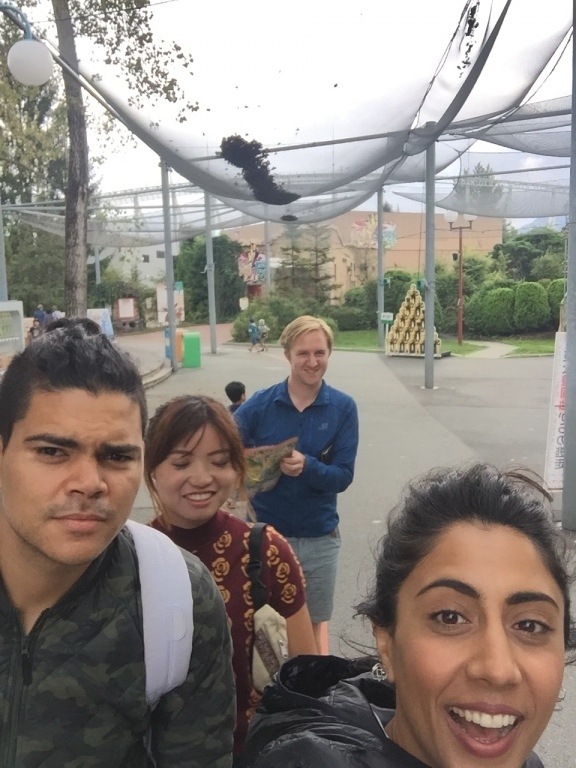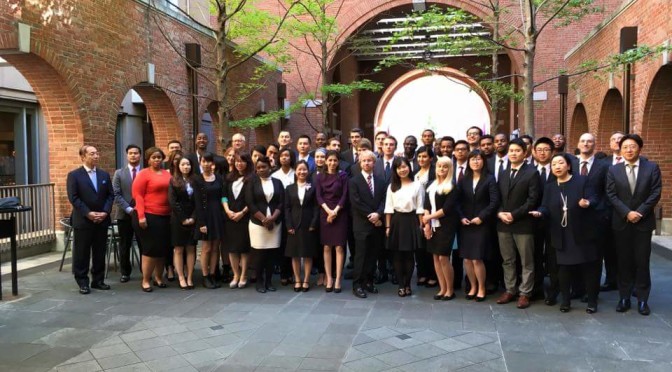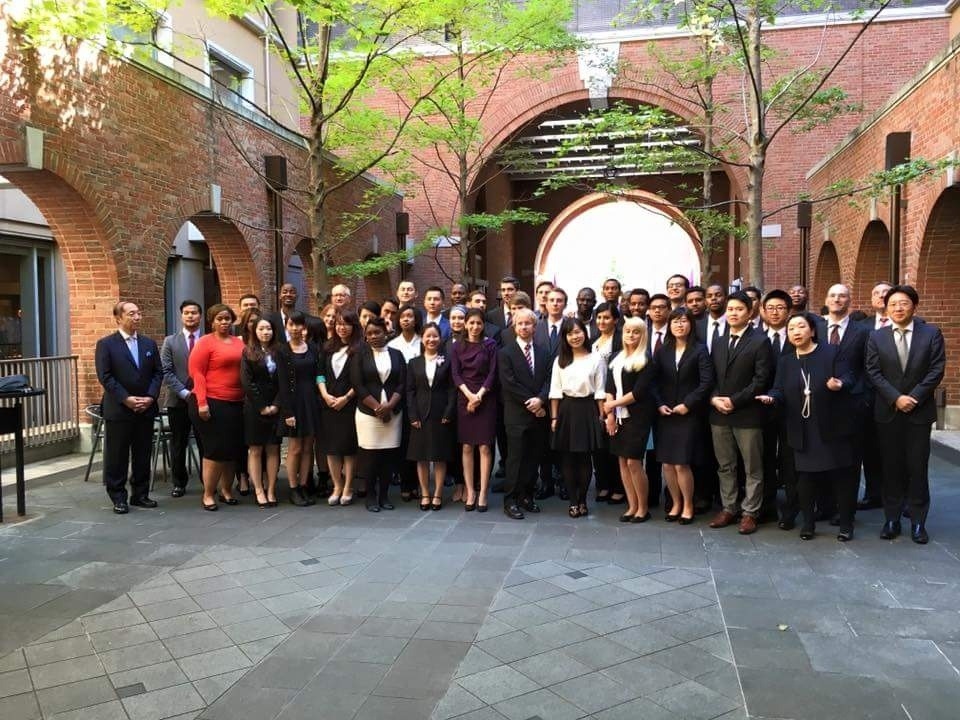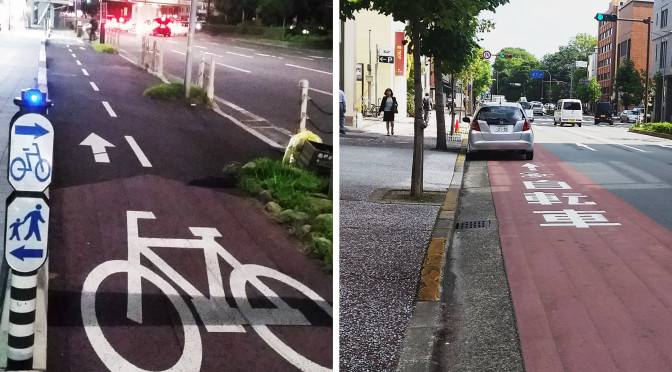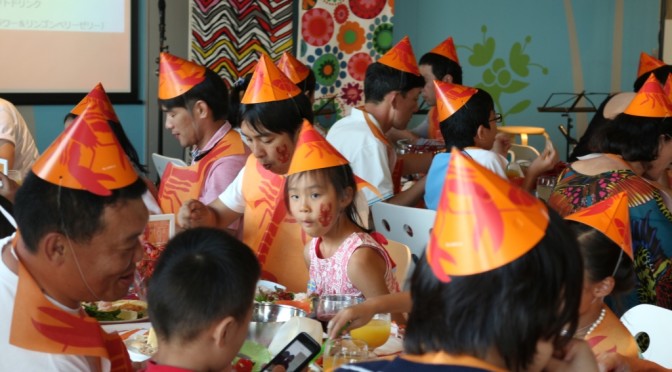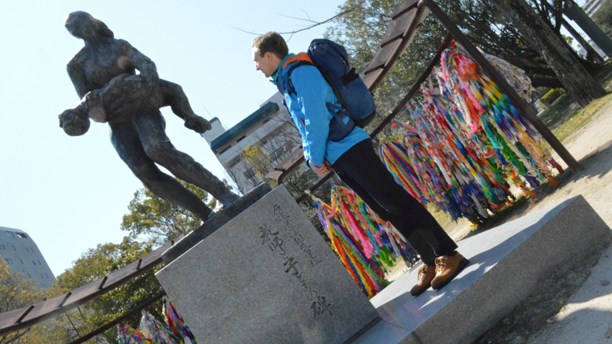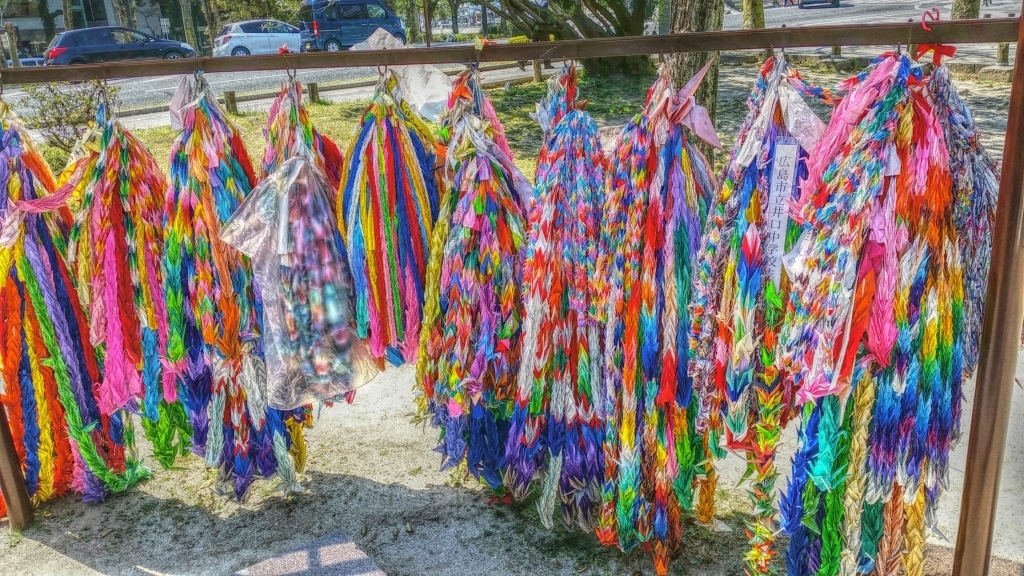On an early Friday morning, the 10th of September, my friends Ashraf, Atreya, Daisy, Ryan, Tasneem and I set out to climb mount Fuji and visit the amusement park Fuji Q Highland the day after.
We set out from Doshisha University in Kyoto with a car from Times Car Rental. The deal was slightly better than expected because they upgraded us to a bigger car for free.
Arriving at Fuji-Yoshida (the north side), we started the climb at about 8 p.m. It was wind-still and a quite comfortable temperature at the 5th station. While climbing up, we took a rest at all of the upcoming stations and decided on the spot to stay for two hours at the 8th station’s mountain hut. We went to sleep around 1 am and woke up at 3 am to climb the last bit up to the summit. It was freezing cold and the wind was very strong at the top, but we made it just in time to see the stunning sunrise.
After walking around the crater one lap, we started the descent around 6 a.m and it took about 3 hours to get down to the car again. It was very tough. In hindsight, climbing Fuji-san sleep deprived and jet lagged the day after coming back to Japan from Sweden was not such a good idea. My body felt incredibly heavy and I definitely got mountain sick. However, we all did a good job of planning the trip and we had the right gear with us.
After resting, we went to an onsen facing Fuji-san and stayed at a guesthouse for the night. The following day, we went up early to go to FujiQ Highland: an amusement park famous for having world-record roller coasters and one of the world´s scariest ghost house.
Take a look at my Gaijinpot post about FujiQ highland
私の友人のアシュラフ、アトレヤ、デイシー、ライアンとタスネームは金曜日の早朝に富士急ハイランドと富士山を登りに行きました。
私たちはタイムズレンタカーの車で9月10日に京都を出発しました。無料で大きな車にアップグレードしてもらい予想していたよりも良いサービスを受けました。
富士吉田(北側)に到着し、風はあまりなくちょうどいい感じ。午後6時に五合目から登り始めました。登っている間の中間駅すべてで少しずつ休憩して、八合目の山小屋では2時間滞在しました。1時に寝て、山頂まで登るために3時に起きました。一番上は非常にめっちゃ寒くて、風も強くて、私たちはぎりぎりでご来光を見ることが出来ました。
クレーターの周りを一週した後、午前6時に下山を始め、再び車に戻るのに約3時間を要しました。富士山登山は非常に大変でした。後知恵としては、睡眠不足とスウェーデンから日本に戻って来てすぐの時差ボケ状態で富士山を登るのはいいアイデアではないということです。体が信じられないほど重く、私は間違いなく高山病にかかりました。でも、私たちの準備は万全だったし、すべて計画通りにいきました。
休憩後、富士山の見える温泉に入って、のホステルの泊まり、ゆっくり休みました。次の日に早く起きて、世界記録のコースターや怖いお化け屋敷にあることで有名な遊園地である富士急ハイランドへ行きました。私の外人ポットに書いてある富士急ハイランドについての
